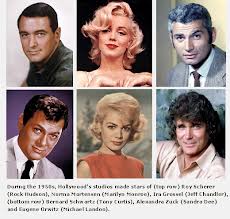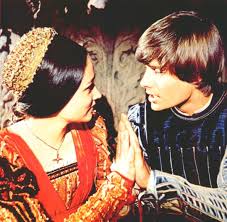Tinimbang Ka Ngunit Kulang is a story of Kuala (played by Lolita Rodriguez), a woman who wanders about in dirty clothes. Bertong Ketong, ,who is hated to touch by the community because of his disease leprosy, got attracted to Kuala and takes her to his nipa hut in the cemetery. Junior (played by Christopher de Leon) a teenager who is the secret boyfriend of the town’s prettiest girl, Evangeline and the only one who made friends with the two, defying his father’s demand to stay away from them.
In his short but memorable friendship with these two characters, he learns about human nature especially of society’s treatment of people with disabilities and deformities.
The churc there serves as the community’s censor or the “town’s judge” which dispenses what is morally right and wrong. Scandalized by the pregnancy of Kuala, the Associacion members suggested that Kuala should be under the custody of Lola Jacoba (the town’s rich matriarch and a member of the Associacion ) Junior shows up and helps the pregnant Kuala make her way back to Berto’s shack. He entreats his father to help the hapless Kuala but the latter chided his son for meddling in the life of a demented woman. The father , Cesar Blanco(played by Eddie Garcia) is a womanizing politician who is the former lover of Kuala and who aborted their child.
When Kuala is about to give birth, she found her way to Berto. Berto called a doctor but no one believed him so he has no choice so he just forced the doctor to come but when they were close to the nipa hut, Berto was shot and after a few seconds. There is the sound of the baby crying. Junior went to see what it is and found Kuala and her child. But Kuala died so Junior took the baby.
Its great how they inserted the flashback in the movie. It makes us the audience think. It is quite “bitin” for me but overall the film is great. Except for the English subtitle. It is sometimes wrong.


























